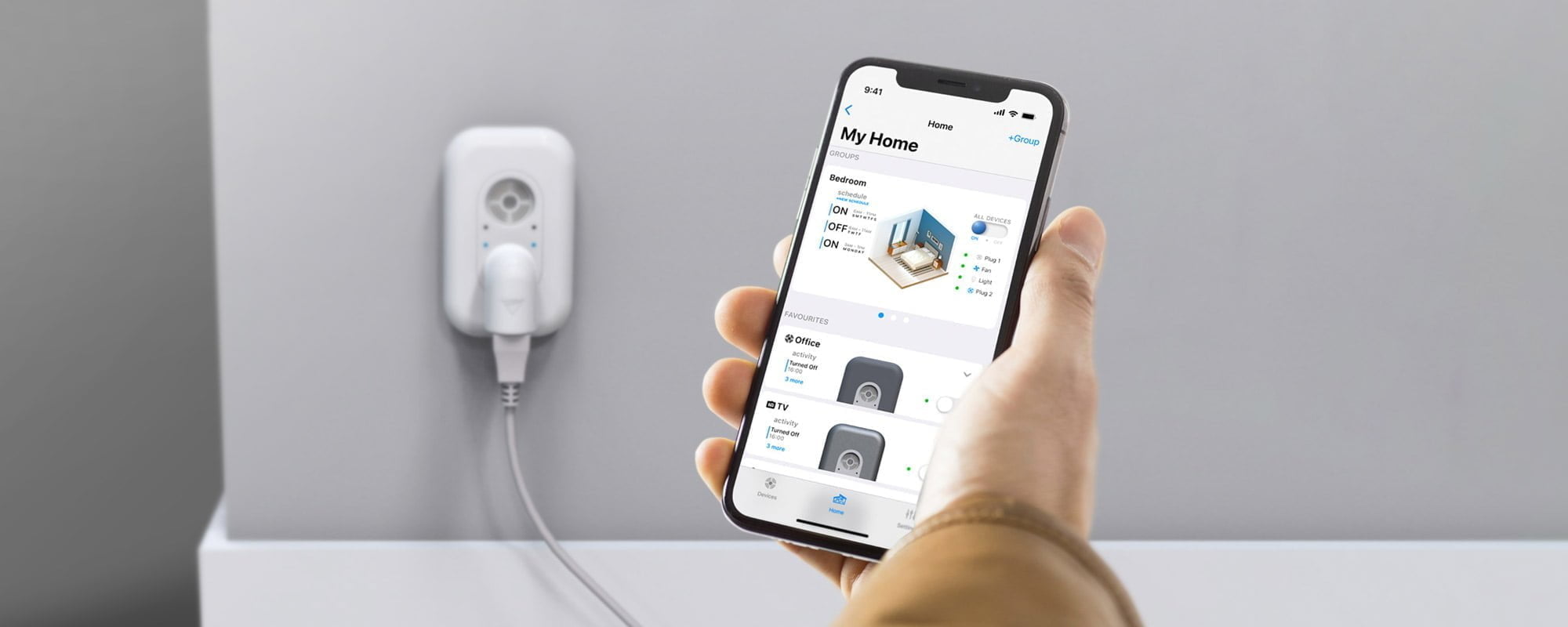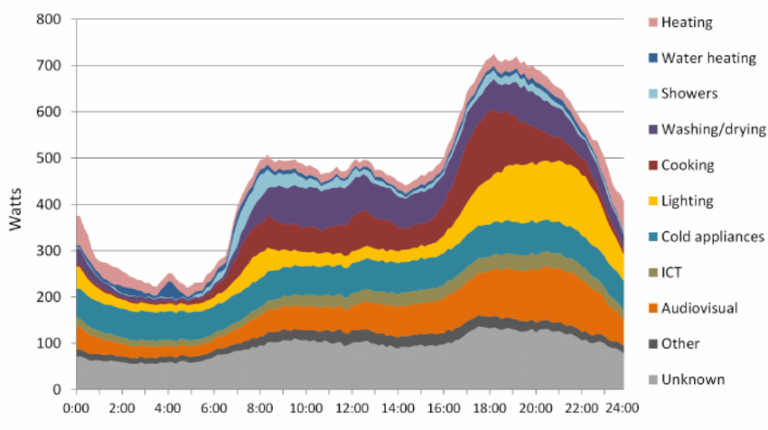
VoltSafe Blog Team – April 19, 2023
Demand Side Management: Harnessing the Power of AI
AI has been in the headlines lately. Mostly about how we’ve advanced past asking Siri and Alexa a single question requiring a single answer, to content generation, long form essays, and voice replication. Schools are now trying to figure out if students’ essays and exam answers are a product of AI apps. While the technology that VoltSafe uses for our devices is based on AI, our blogs are still written by a real human being on our VoltSafe team. So in this blog, we want to share our excitement about our AI-based tech because we know how it will resolve the limitations in current demand side management systems by getting right down to extracting energy usage data of individual appliances and devices in the home.
Currently, energy data is only available at the breaker level. Smart plugs and devices on the market can assist with decreasing energy use by charging appliances and devices on a set schedule to prevent “vampire energy consumption”. But these smart devices won’t tell you how much energy you have used or help you figure out which appliance is using the most energy or when the best time would be to charge a device. They don’t tell you how to be more efficient with your energy usage either. Thankfully, VoltSafe has a solution.
Creating Impactful Reduction in Energy Demand
Utility companies in some countries and cities around the world have implemented time-of-use programs to encourage electricity users to use energy during low peak periods. Unfortunately, these programs rely on users to either manually manage their usage or rely on smart devices to monitor and manage their usage. Why do utility companies still encourage demand side management in spite of low adoption rates? Quite simply, there isn’t enough electricity being generated to supply all homes at the same time. By encouraging homeowners to stagger their usage, it helps utility companies manage the demand on the grid.

This struggle to keep up with demand is why it is so crucial to include demand side power management as part of the infrastructure plan to support electrification by 2030. VoltSafe’s CTO, Sanad Aridah, explains, “When you look at demand-side management, there are a lot of gaps currently in existing systems that make it difficult for utilities to adapt in real-time to the consumption level that is happening in a community, municipality or even city-wide scale. VoltSafe software provides a level of granularity on how much power is being consumed; attach it to the type of load that’s connected to the grid and utility providers can make more well-informed decisions to meet the demand at that time, helping reduce consumption. When you look at savings, even if it’s as low as 10 – 15% per plug, that multiplies and scales very quickly when you’re talking about an entire city.”
The 10-15% energy savings per plug could make a huge difference when it comes to preventing an outage due to an overburdened electrical grid. So how does VoltSafe technology calculate energy consumption at a granular level? We’ll dive into that next…
Power Management at the Outlet Level
VoltSafe’s AI-based technology uses load classification to gather the information needed to determine how much energy each appliance or device is using.
Each connector powered by Voltsafe tech will perform the following functions:
- Collect data on the electrical usage of the appliance plugged into it, such as voltage, current and frequency
- Remove noise and inconsistencies from the collected data
- Analyze the data to extract relevant features that describe the appliance’s behavior (i.e. average power, pattern and frequency of use)
- Train our AI model using the extracted features

Once the model is trained, it can be applied to classify the appliance’s load. It can’t tell the difference between a Samsung or an LG TV, but it can identify the TV from the fridge or the toaster from the microwave. With accurate load classification, VoltSafe’s DSM system can identify which appliances are consuming the most energy. This will help identify when each appliance is being used, and how they can be optimized to reduce energy consumption during peak demand periods.

Sanad provides this example, “VoltSafe’s AI-powered smart plugs could detect a fridge and list it as a high-priority device. The DSM system would then adjust the temperature settings of the fridge during peak demand periods to reduce its energy consumption without compromising the contents of the fridge. This is especially true during heatwaves, when the insulation of the fridge might not be as efficient as it might otherwise be. Another example, VoltSafe’s system could identify that a particular appliance like a dishwasher is being used during peak demand hours and delay its operation until off-peak hours. Non-smart space heaters and portable air conditioning units have a smart “bridge” that could tie them to a home’s smart thermostat. By leveraging the power of AI-based load classification, VoltSafe can automate the process of optimizing energy consumption, and remove the cognitive load on the user. Goodbye manual intervention and hours of automation setup!”
By combining the function of a smart plug with an energy monitoring system, the AI algorithms used in VoltSafe outlets and connectors can analyze the data collected, identify the class of the connected load (by appliance and load type) and link that to usage patterns and trends, which helps immediately predict future demand. The algorithms are also able to provide personalized energy usage recommendations to consumers based on their individual usage patterns, not just generic recommendations. This fine-tuned information will make energy management much more efficient.This positively impacts demand side management. It will improve the accuracy and efficiency of load forecasting, demand response and energy efficiency programs.
Take a closer look at VoltSafe Solutions to see how we can help businesses and homeowners prepare for electrification.